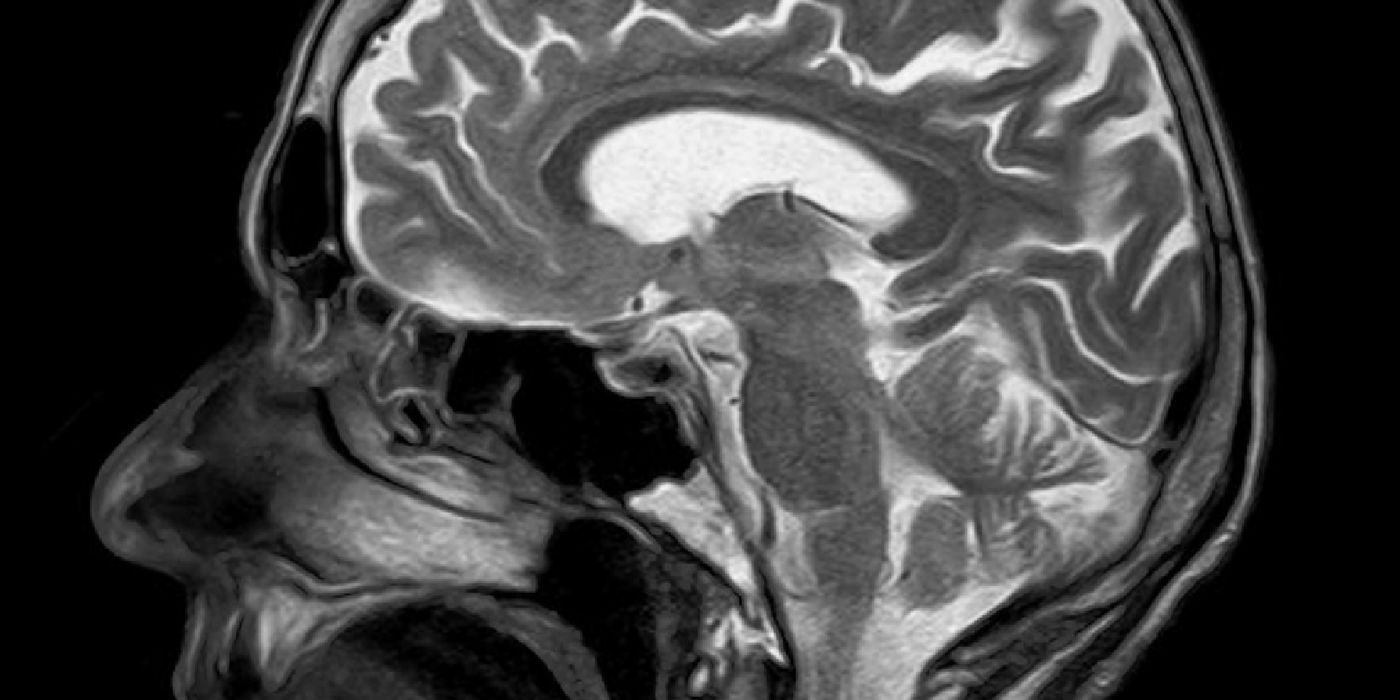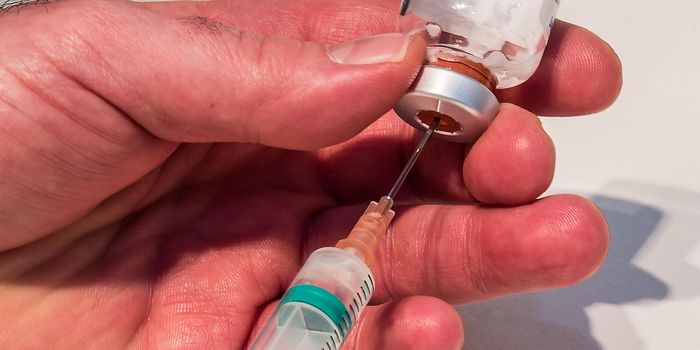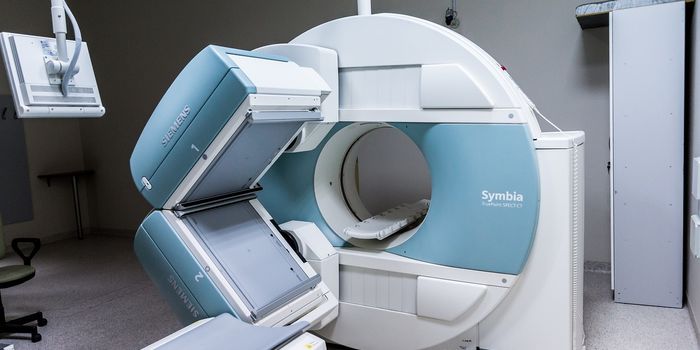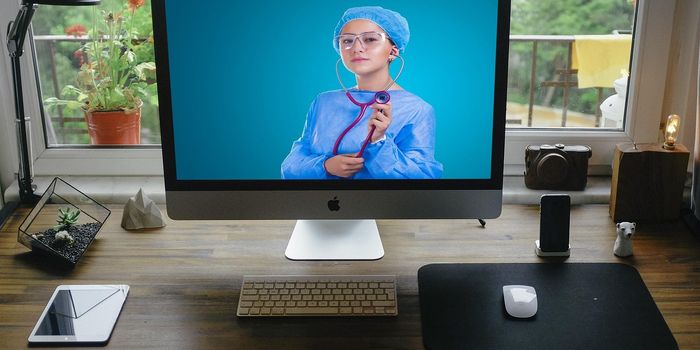How Lasers Improve Brain Cancer Surgery
Surgically removing tumors is an effective way to treat cancer. However, in cases where the cancer periphery is unclear, such as in brain cancer, surgeons have to play a guessing game. Take too much tissue and the patient may be left with permanent brain damage; take not enough cancer tissue and the tumor might re-emerge. To help brain surgeons “see” where to cut, scientists at the University of Michigan developed lasers that help differentiate between healthy and cancer tissues in real-time.
“Though brain tumor surgery has advanced in many ways, survival for many patients is still poor, in part because surgeons can’t be sure that they’ve removed all tumor tissue before the operation is over,” said Dr. Daniel Orringer, a professor at the University of Michigan, and the study’s lead author.
In particular, Dr. Orringer likens brain cancer as an insidious version of something quite innocent. "Brain cancer is like a cloud, you can define the center, but the edges are really hard to discern,” he explained.
Dr. Orringer and his collaborators at Harvard University sought to give surgeons a better, more informed view of what they’re operating. “We need better tools for visualizing tumor during surgery, and SRS microscopy is highly promising,” he said in a 2013 interview. “With SRS we can see something that’s invisible through conventional surgical microscopy.”
In SRS (stimulated Raman scattering) microscopy, a non-invasive laser is fired at tissues. The scattering of the photons then reveals unique chemical and structural properties in the tissues, allowing researchers to discern cancer from non-cancer. The team has also been successful at creating multicolor SRS images at 30 images per second. This rate facilitates video analysis of the tissue in real-time, with the patient on the operating table.
"Biopsy has been the gold standard for detecting and removing these types of tumors," said Dr. Sunney Xie, a professor at the Harvard University who has been working on the technique for 15 years. "But this technique, we believe, is better because it's live. Surgeons can now skip all the steps of taking a biopsy, freezing and staining the tissue -- this technique allows them to do it all in vivo."
The technology has so far been tested in over 360 patients at the University of Michigan Medical School and Harvard University with high praise from doctors. The team plans to continue testing in larger and longer clinical trials, which will also reveal whether the laser-based technique improves survival rates.
Additional sources: BBC, University of Michigan









